Home>Furniture & Design>Interior Design Trends>When Did They Stop Making Uranium Glass
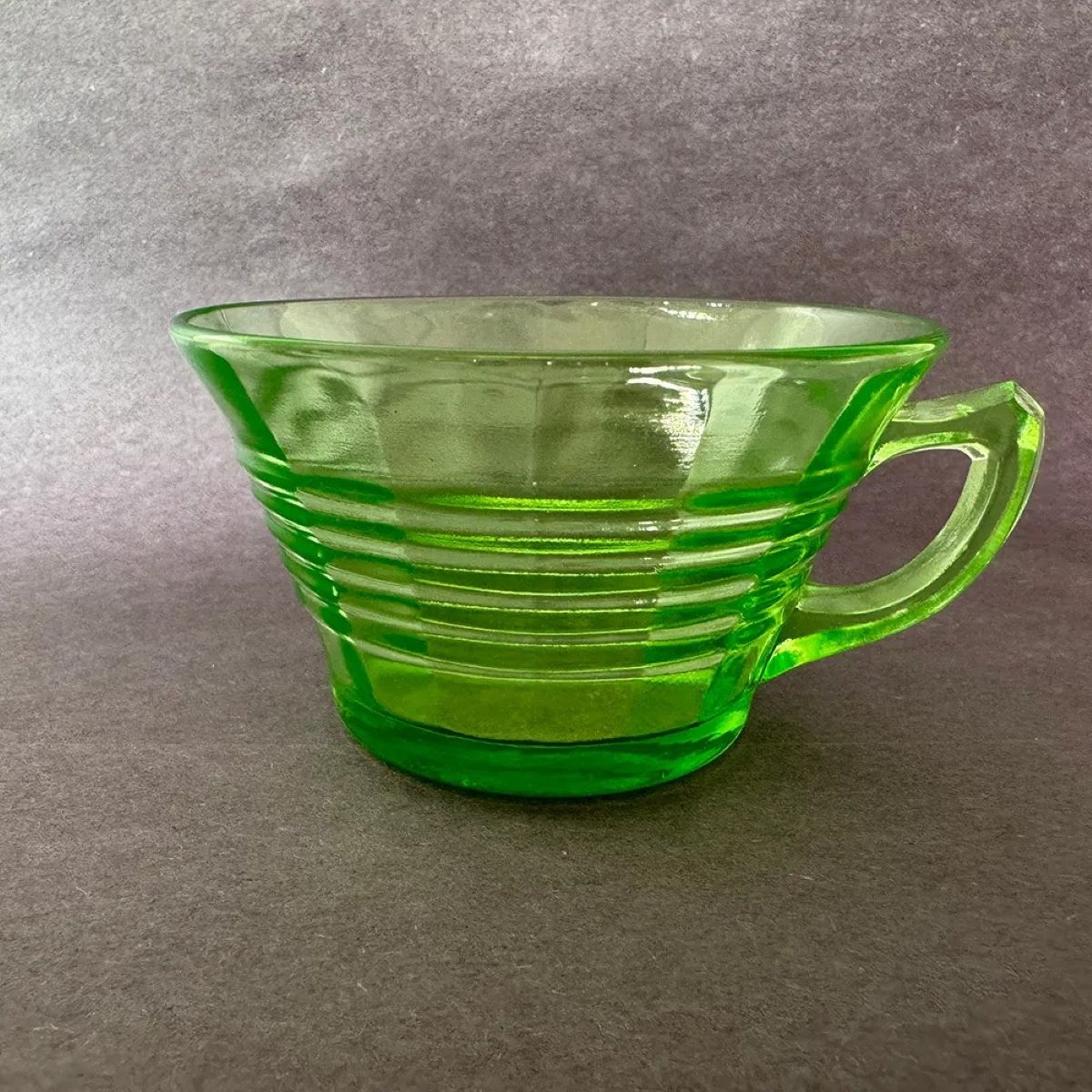

Interior Design Trends
When Did They Stop Making Uranium Glass
Modified: October 20, 2024
Discover the history of uranium glass and its impact on interior design trends. Learn when production of this unique glassware ceased and its lasting influence.
(Many of the links in this article redirect to a specific reviewed product. Your purchase of these products through affiliate links helps to generate commission for Storables.com, at no extra cost. Learn more)
Introduction
Uranium glass, also known as Vaseline glass, is a captivating and enigmatic type of glass that has intrigued collectors and enthusiasts for decades. Its unique characteristic of fluorescing under ultraviolet light has made it a sought-after item for many. The mesmerizing green or yellow glow emitted by this glass has sparked curiosity and fascination, leading many to wonder about its origins, production methods, and safety considerations.
This article delves into the intriguing world of uranium glass, exploring its history, production techniques, and the reasons behind its decline in popularity. We will also address the health and safety concerns associated with uranium glass, shedding light on the myths and realities surrounding this distinctive material.
Join us on a journey through time as we uncover the secrets of uranium glass, from its early beginnings to its enduring allure in the modern era.
Key Takeaways:
- Uranium glass, also known as Vaseline glass, has a rich history dating back to the 19th century, captivating collectors with its mesmerizing glow and unique properties.
- While uranium glass production has declined due to safety concerns and changing consumer preferences, its historical significance and allure continue to captivate enthusiasts and collectors worldwide.
Read more: When Did Gatorade Stop Using Glass Bottles
History of Uranium Glass
Uranium glass, also known as Vaseline glass, has a rich and intriguing history that dates back to the early 19th century. Its distinctive green or yellowish hue, often resembling the color of Vaseline petroleum jelly, has captivated collectors and enthusiasts for generations. The origins of uranium glass can be traced back to the discovery of uranium's fluorescent properties, which led to its incorporation into glassmaking.
The earliest known production of uranium glass can be attributed to the European glassmakers of the 1830s. During this period, experimentation with uranium oxide as a glass additive resulted in the creation of glassware that exhibited a striking fluorescence under natural or artificial ultraviolet light. This unique characteristic quickly caught the attention of glass manufacturers and consumers alike, leading to the widespread production of uranium glass items.
In the late 19th and early 20th centuries, uranium glass experienced a surge in popularity, particularly in the United States and Europe. Its distinct glow made it a desirable choice for decorative and functional items, including tableware, vases, and decorative objects. The allure of uranium glass extended beyond its aesthetic appeal, as it also served as a conversation piece and a symbol of sophistication during the Art Nouveau and Art Deco movements.
The heyday of uranium glass coincided with the Art Deco era of the 1920s and 1930s, during which it was prominently featured in elegant homes and fashionable establishments. Its luminous presence added a touch of glamour to the interiors of the time, reflecting the prevailing fascination with modernity and technological advancements.
As the 20th century progressed, uranium glass continued to be produced and enjoyed by enthusiasts, albeit in smaller quantities. Despite its enduring appeal, the production and use of uranium glass gradually declined due to evolving consumer preferences and concerns about its radioactive properties. However, its historical significance and timeless allure have ensured its enduring legacy in the world of glass art and collectibles.
The history of uranium glass is a testament to the ingenuity and creativity of glassmakers throughout the centuries, as well as a reflection of the evolving tastes and trends in decorative arts. Its journey from a novel discovery to a cherished collectible is a testament to the enduring allure of this unique and luminous material.
Production of Uranium Glass
The production of uranium glass is a fascinating blend of artistry, chemistry, and innovation. Glassmakers have long been captivated by the unique properties of uranium oxide, which imparts the distinctive fluorescence to the glass. The process of creating uranium glass involves a careful balance of materials and techniques to achieve the desired luminous effect.
The key ingredient in uranium glass is, unsurprisingly, uranium oxide. This compound is responsible for the glass's characteristic green or yellow color and its ability to fluoresce under ultraviolet light. When added to the glass mixture in controlled amounts, uranium oxide imbues the glass with a captivating radiance that sets it apart from conventional glassware.
The production of uranium glass begins with the careful selection and blending of raw materials, including silica sand, soda ash, and lime. These ingredients form the base of the glass, providing the essential structure and stability. To this mixture, a precise amount of uranium oxide is added, typically in the form of diuranate or uranyl acetate. The proportion of uranium oxide is crucial, as it determines the intensity of the glass's fluorescence and its final coloration.
Once the ingredients are combined, they undergo the process of melting and refining in a furnace at high temperatures. This stage is critical for achieving a homogeneous and bubble-free glass melt, ensuring the uniform distribution of uranium oxide throughout the material. Skilled glassmakers monitor the melting process closely, employing traditional techniques to manipulate the molten glass and shape it into the desired forms.
After the glass has been shaped and formed, it undergoes a meticulous cooling process to anneal and strengthen the material. This step is essential for ensuring the durability and longevity of the finished uranium glass items. Once cooled, the glass is carefully inspected for quality and clarity, with any imperfections addressed by skilled artisans.
The production of uranium glass requires a delicate balance of craftsmanship and scientific precision. Glassmakers must possess a deep understanding of the properties of uranium oxide and its interaction with other glass components. This knowledge enables them to create exquisite pieces that exhibit the mesmerizing fluorescence and luminosity characteristic of uranium glass.
Despite its allure, the production of uranium glass has become increasingly rare in modern times. The concerns surrounding the use of radioactive materials and the availability of alternative glass additives have contributed to its decline. However, the legacy of uranium glass lives on through the cherished collectibles and historical artifacts that continue to captivate enthusiasts and collectors around the world.
The production of uranium glass stands as a testament to the ingenuity and artistry of glassmakers throughout history, showcasing the enduring appeal of this luminous and enigmatic material.
Uranium glass production stopped in the 1940s due to the scarcity of uranium during World War II and the potential health risks associated with its radioactive properties.
Health and Safety Concerns
The allure of uranium glass is undeniable, with its mesmerizing glow and historical significance captivating collectors and enthusiasts. However, the presence of uranium oxide in this type of glass has raised legitimate concerns regarding its potential health and safety implications. Understanding the risks associated with uranium glass is essential for both collectors and individuals who may encounter these items in various settings.
One of the primary concerns surrounding uranium glass is its radioactive properties. Uranium oxide, the compound responsible for the glass's distinctive fluorescence, is inherently radioactive. While the levels of radioactivity in uranium glass are generally considered to be low, prolonged exposure to the material may pose potential health risks. It is important to note that the radioactivity of uranium glass is primarily external, meaning that direct contact with the glassware may not necessarily result in significant exposure. However, precautions should be taken to minimize prolonged skin contact and prevent ingestion or inhalation of any glass particles.
In the context of collecting and handling uranium glass, it is advisable to exercise caution and employ common-sense safety measures. When acquiring uranium glass items, particularly those intended for practical use, it is essential to ensure that they are in good condition and free from any signs of deterioration. Cracks, chips, or abrasions in uranium glass may increase the risk of radioactive material leaching from the glass, potentially leading to elevated exposure levels.
Furthermore, the use of uranium glass for food and beverage consumption has been a subject of debate within the collector community. While many vintage uranium glass items were designed for utilitarian purposes, such as serving bowls, plates, and drinking vessels, the potential transfer of radioactive material to consumables has prompted concerns. As a result, experts advise against using uranium glass for food or beverage storage and consumption, opting instead to appreciate these items as decorative or collectible pieces.
In the realm of antique and vintage uranium glass, the overarching goal is to strike a balance between appreciation and awareness. Collectors and enthusiasts are encouraged to handle uranium glass items with care, minimize direct skin contact, and display them in well-ventilated areas. Additionally, maintaining proper hygiene practices, such as handwashing after handling uranium glass, can further mitigate potential risks associated with its radioactive properties.
While the health and safety concerns surrounding uranium glass are valid, it is important to approach the subject with a balanced perspective. When handled and displayed responsibly, uranium glass can be enjoyed for its historical significance and unique visual appeal without compromising personal well-being. By fostering awareness and understanding of the risks involved, collectors and enthusiasts can continue to appreciate the enduring allure of uranium glass while prioritizing safety and well-being.
Decline in Production
The decline in the production of uranium glass can be attributed to a confluence of factors that have gradually reshaped the landscape of glassmaking and consumer preferences. While uranium glass enjoyed widespread popularity during the late 19th and early 20th centuries, its prominence began to wane as societal attitudes and technological advancements ushered in a new era of glass production.
One significant factor contributing to the decline of uranium glass production is the evolving understanding of its radioactive properties. As scientific knowledge and awareness of radiation-related health risks advanced, concerns regarding the safety of uranium glass gained prominence. While the levels of radioactivity in uranium glass are generally considered to be low, the perception of potential health hazards associated with radioactive materials led to a shift in consumer preferences. This shift prompted glassmakers to explore alternative additives and colorants, steering the industry away from the use of uranium oxide in glass production.
Additionally, changing aesthetic trends and design preferences played a role in the decline of uranium glass. As the mid-20th century unfolded, modernist and minimalist design movements emerged, emphasizing clean lines, simplicity, and functionality. This shift in design sensibilities favored transparent and colorless glassware, diverging from the vibrant and luminous qualities characteristic of uranium glass. The evolving tastes of consumers, coupled with the emergence of contemporary glassmaking techniques and materials, contributed to a diminished demand for uranium glass in the marketplace.
Furthermore, regulatory considerations and safety standards have influenced the production and distribution of uranium glass in modern times. The implementation of stringent regulations pertaining to the use of radioactive materials in consumer products has prompted glassmakers to reevaluate their production processes and materials. The complexities and potential liabilities associated with incorporating uranium oxide into glass formulations have led many manufacturers to opt for safer and more compliant alternatives, further contributing to the decline of uranium glass production.
As a result of these multifaceted influences, the once-prolific production of uranium glass has dwindled, with contemporary glassmakers largely eschewing the use of uranium oxide in favor of non-radioactive colorants and additives. While vintage and antique uranium glass items continue to captivate collectors and enthusiasts, the era of mass-produced uranium glass has given way to a new chapter in the history of glass art and design.
The decline in the production of uranium glass serves as a reflection of the dynamic interplay between technological advancements, shifting consumer preferences, and evolving safety considerations. Despite its diminished presence in contemporary glassmaking, the legacy of uranium glass endures as a testament to its historical significance and enduring allure in the world of collectibles and decorative arts.
Read more: When Did Coke Stop Using Glass Bottles
Conclusion
In conclusion, the enigmatic allure of uranium glass, also known as Vaseline glass, transcends its historical significance and captivating fluorescence. From its early origins in the 19th century to its enduring legacy in the modern era, uranium glass has left an indelible mark on the world of decorative arts and collectibles. The journey of uranium glass, characterized by its distinctive green or yellowish hue and mesmerizing glow under ultraviolet light, reflects the intersection of artistry, chemistry, and evolving consumer preferences.
The history of uranium glass is a testament to the ingenuity and creativity of glassmakers throughout the centuries. Its emergence as a sought-after material during the late 19th and early 20th centuries symbolized a convergence of artistic expression and technological innovation. The luminous presence of uranium glass in the Art Nouveau and Art Deco movements added a touch of glamour to the interiors of the time, embodying the prevailing fascination with modernity and elegance.
The production of uranium glass, with its careful balance of materials and meticulous craftsmanship, exemplifies the harmonious blend of art and science. Glassmakers' adeptness in harnessing the unique properties of uranium oxide to create exquisite glassware underscores the enduring appeal of this enigmatic material. While the decline in the production of uranium glass has reshaped the landscape of glassmaking, its historical significance and timeless allure continue to captivate collectors and enthusiasts worldwide.
The health and safety concerns associated with uranium glass underscore the importance of informed appreciation and responsible handling. Understanding the potential risks and exercising caution when collecting and displaying uranium glass items are essential for fostering a balanced approach to enjoying these luminous treasures. By prioritizing safety and well-being while celebrating the historical significance of uranium glass, collectors and enthusiasts can continue to cherish these captivating artifacts for generations to come.
In the context of the decline in production, the evolving consumer preferences, safety considerations, and regulatory influences have contributed to a shift away from the mass production of uranium glass. While contemporary glassmaking has embraced alternative materials and colorants, the enduring legacy of uranium glass lives on through the cherished collectibles and historical artifacts that continue to captivate enthusiasts and collectors around the world.
In essence, the story of uranium glass is one of innovation, artistry, and enduring fascination. Its luminous presence, historical significance, and the interplay of creativity and scientific precision have secured its place as a cherished and enigmatic material in the world of decorative arts. The allure of uranium glass, with its captivating glow and rich historical tapestry, continues to illuminate the imaginations of collectors and enthusiasts, ensuring its enduring legacy for generations to come.
Frequently Asked Questions about When Did They Stop Making Uranium Glass
Was this page helpful?
At Storables.com, we guarantee accurate and reliable information. Our content, validated by Expert Board Contributors, is crafted following stringent Editorial Policies. We're committed to providing you with well-researched, expert-backed insights for all your informational needs.
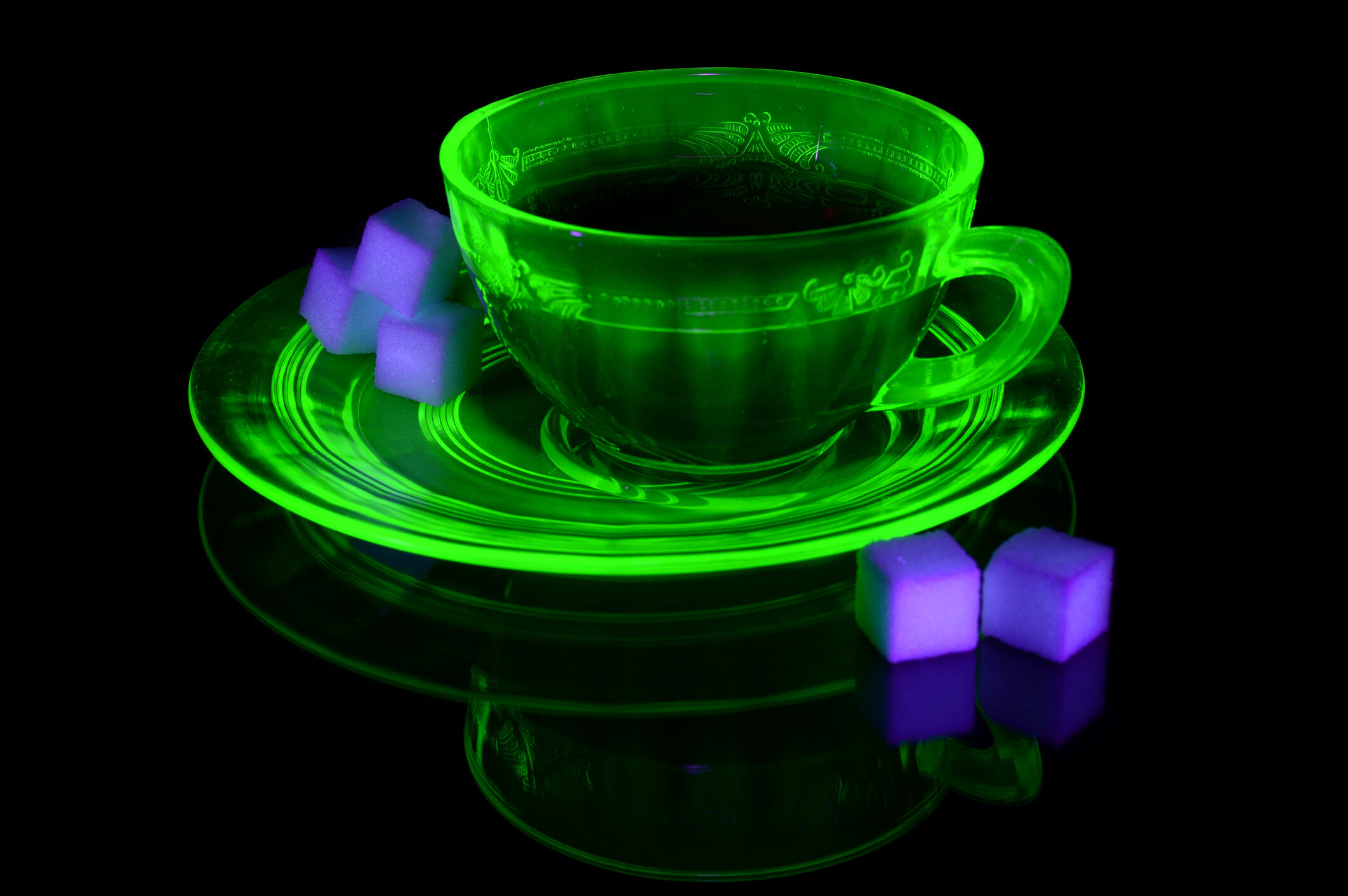
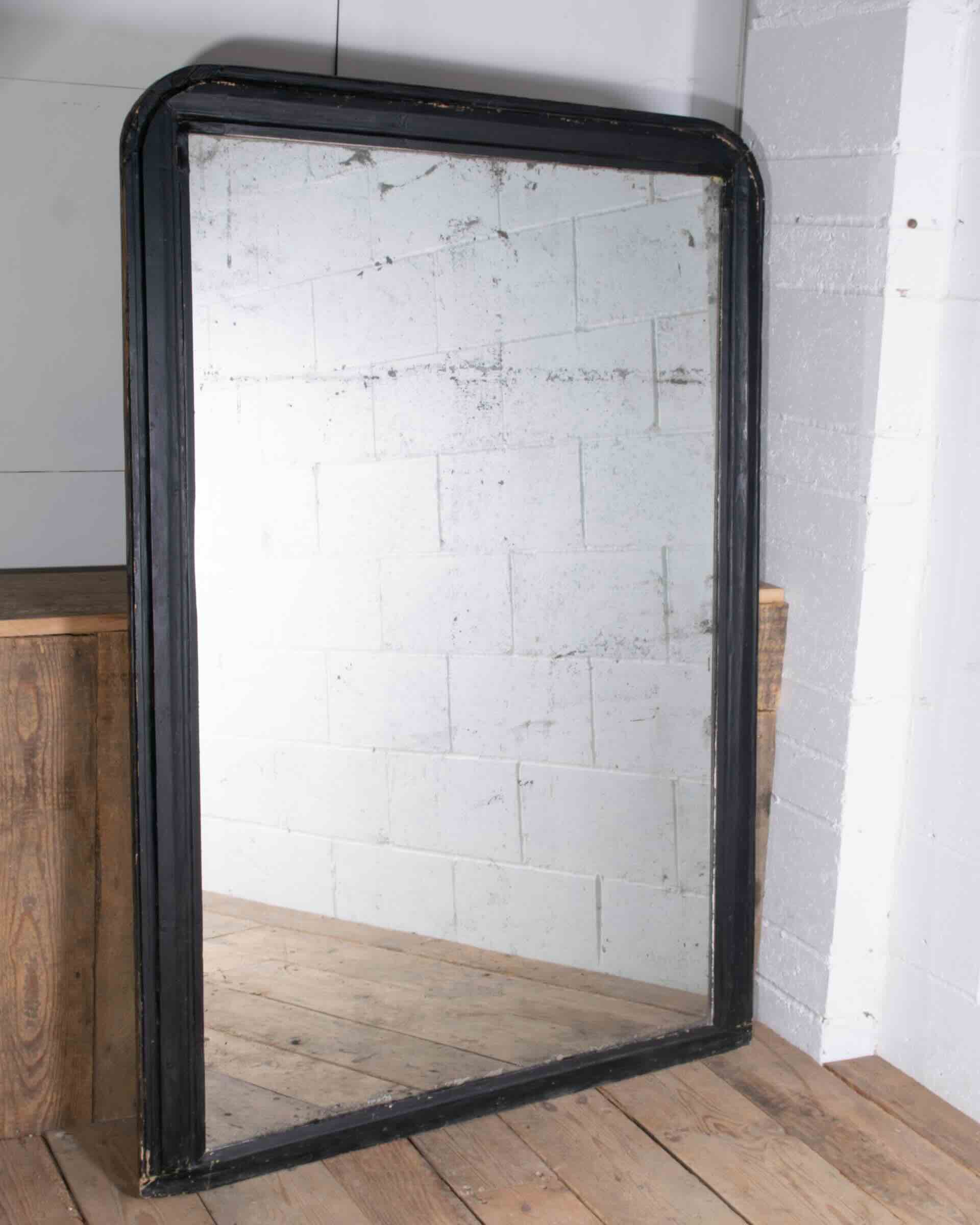

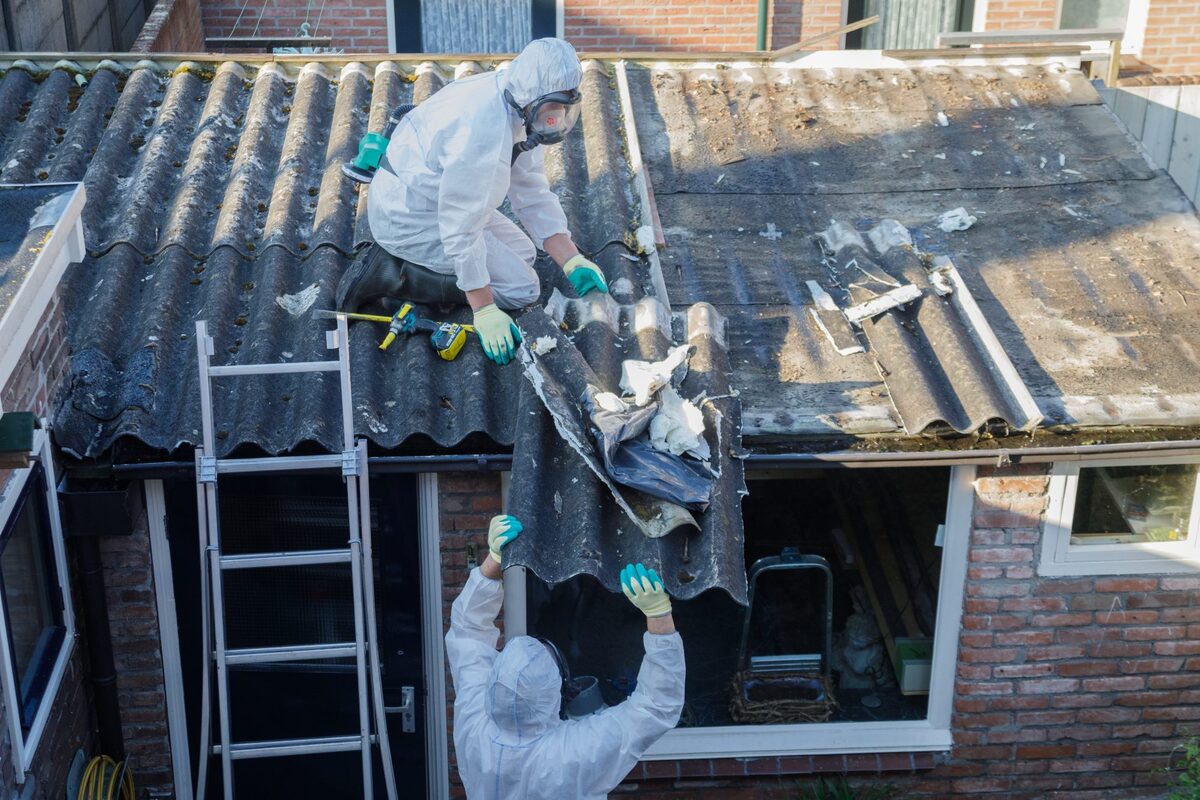
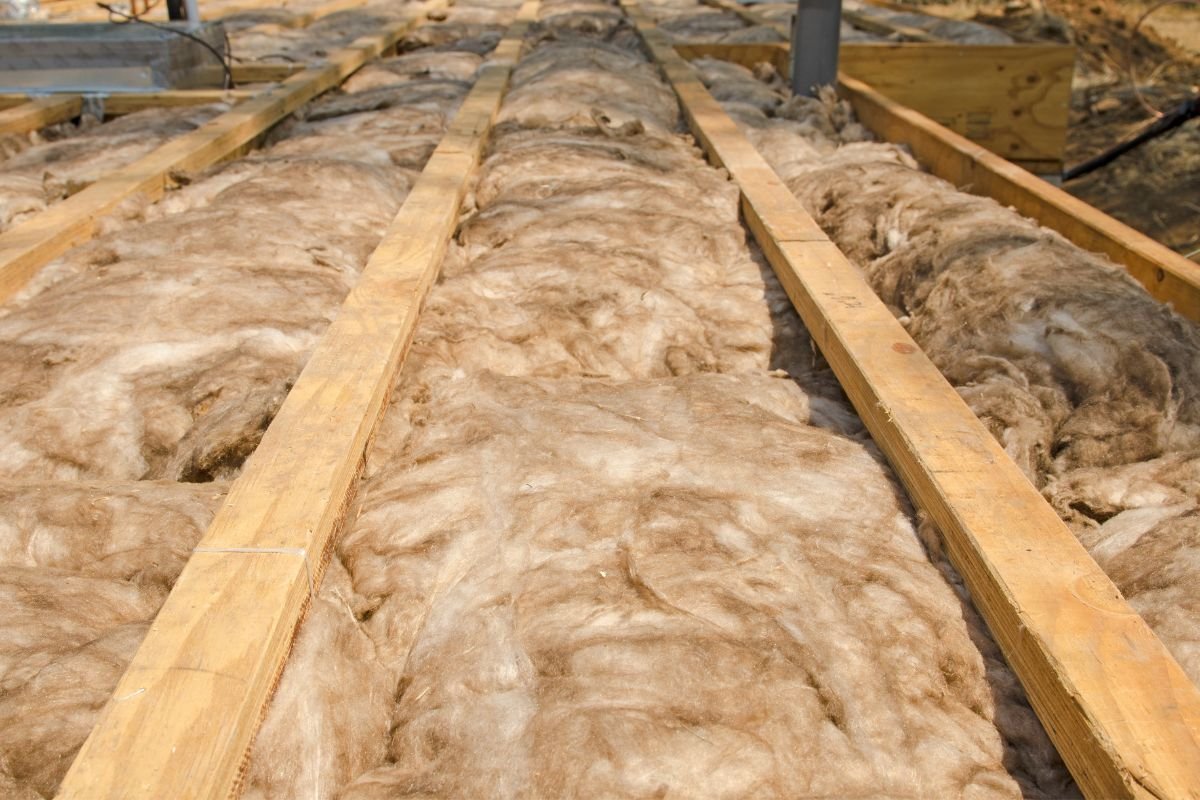
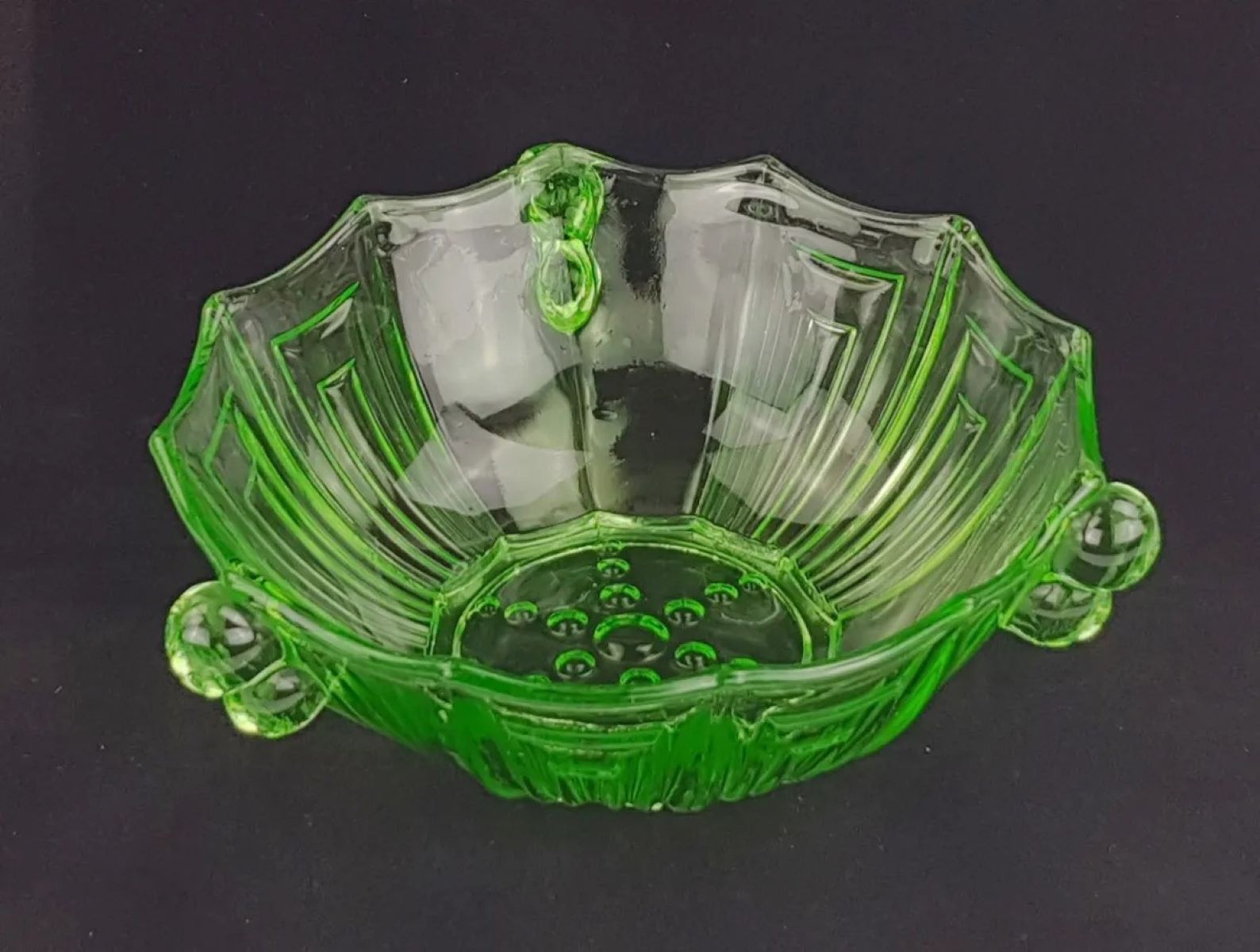
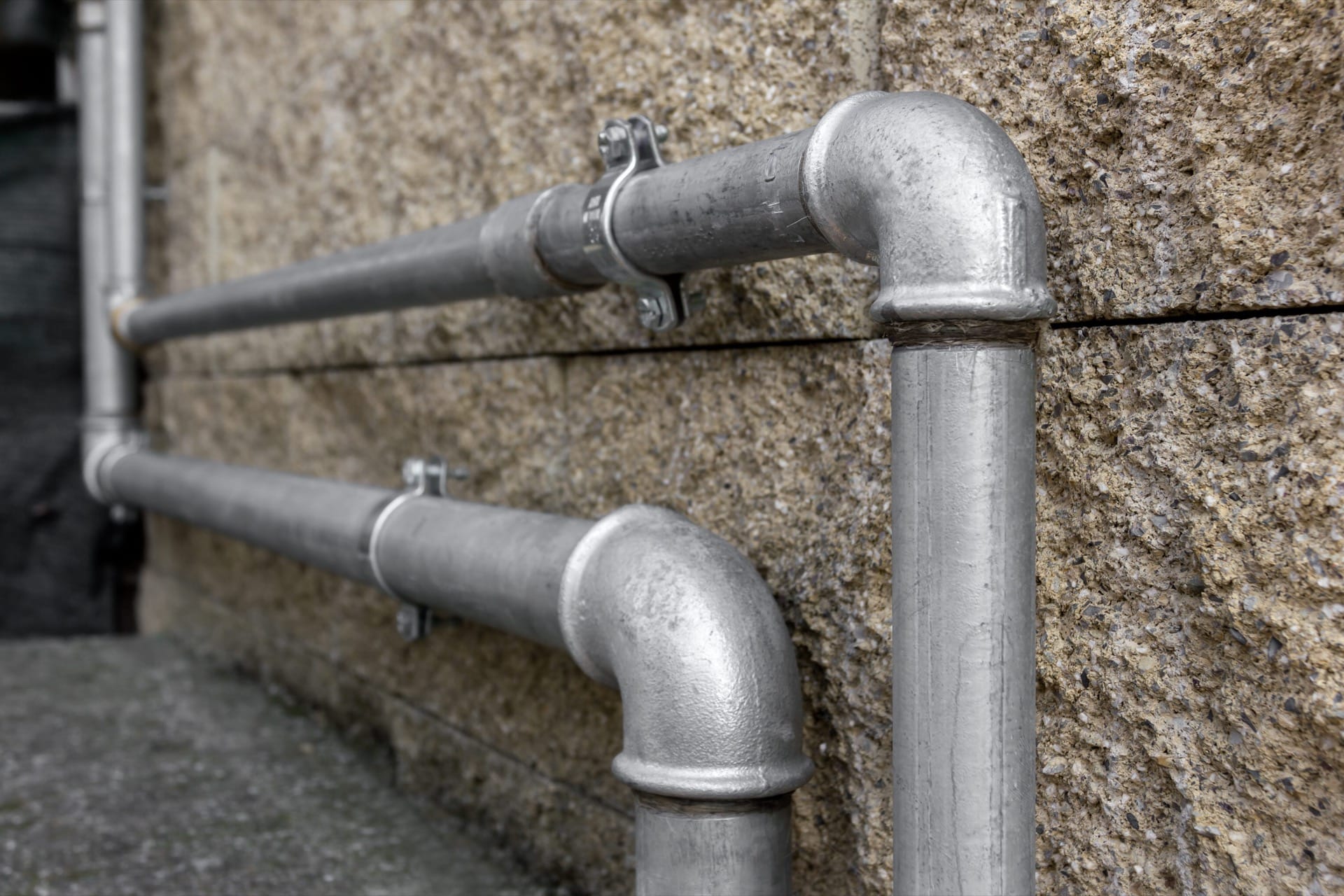

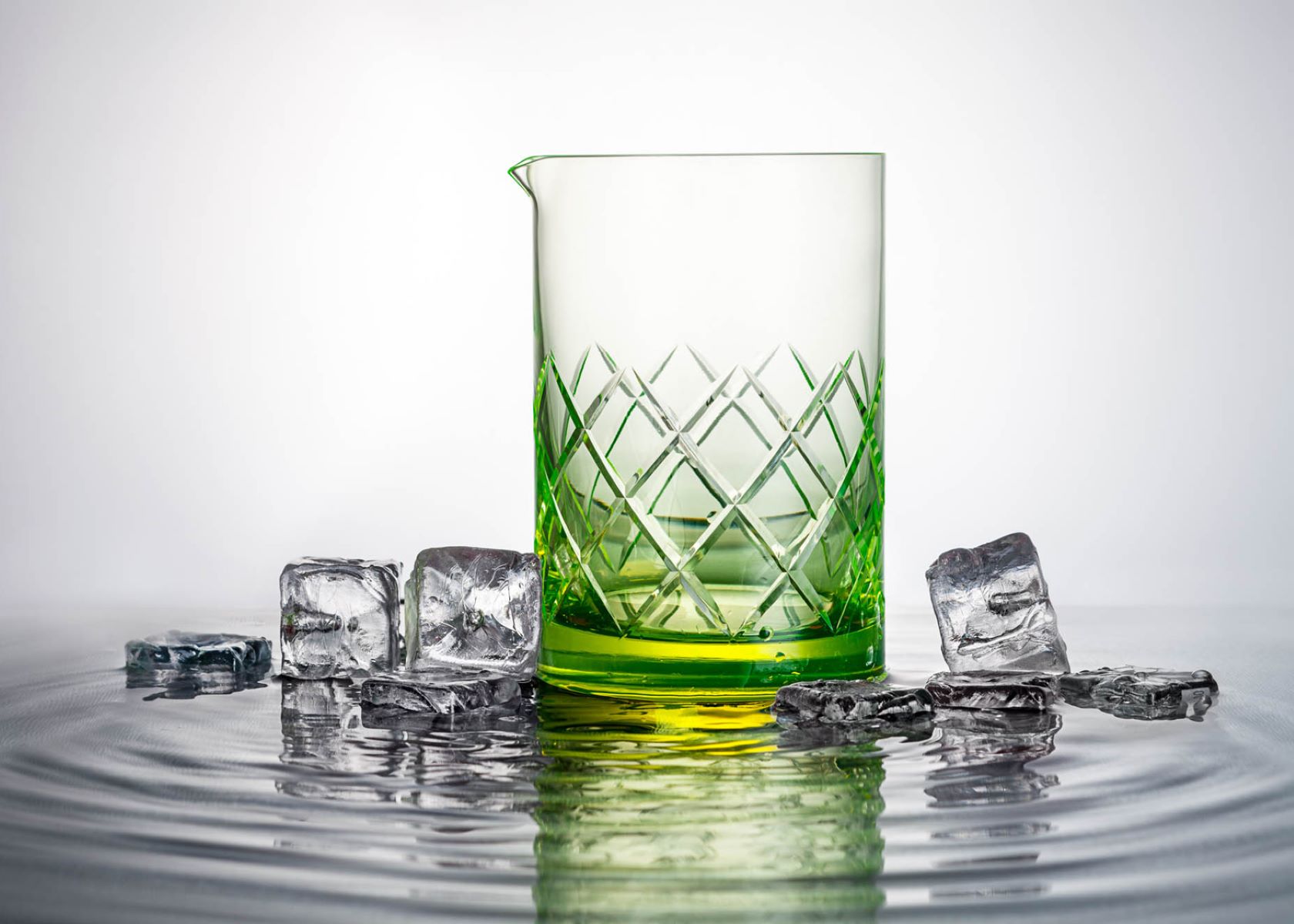
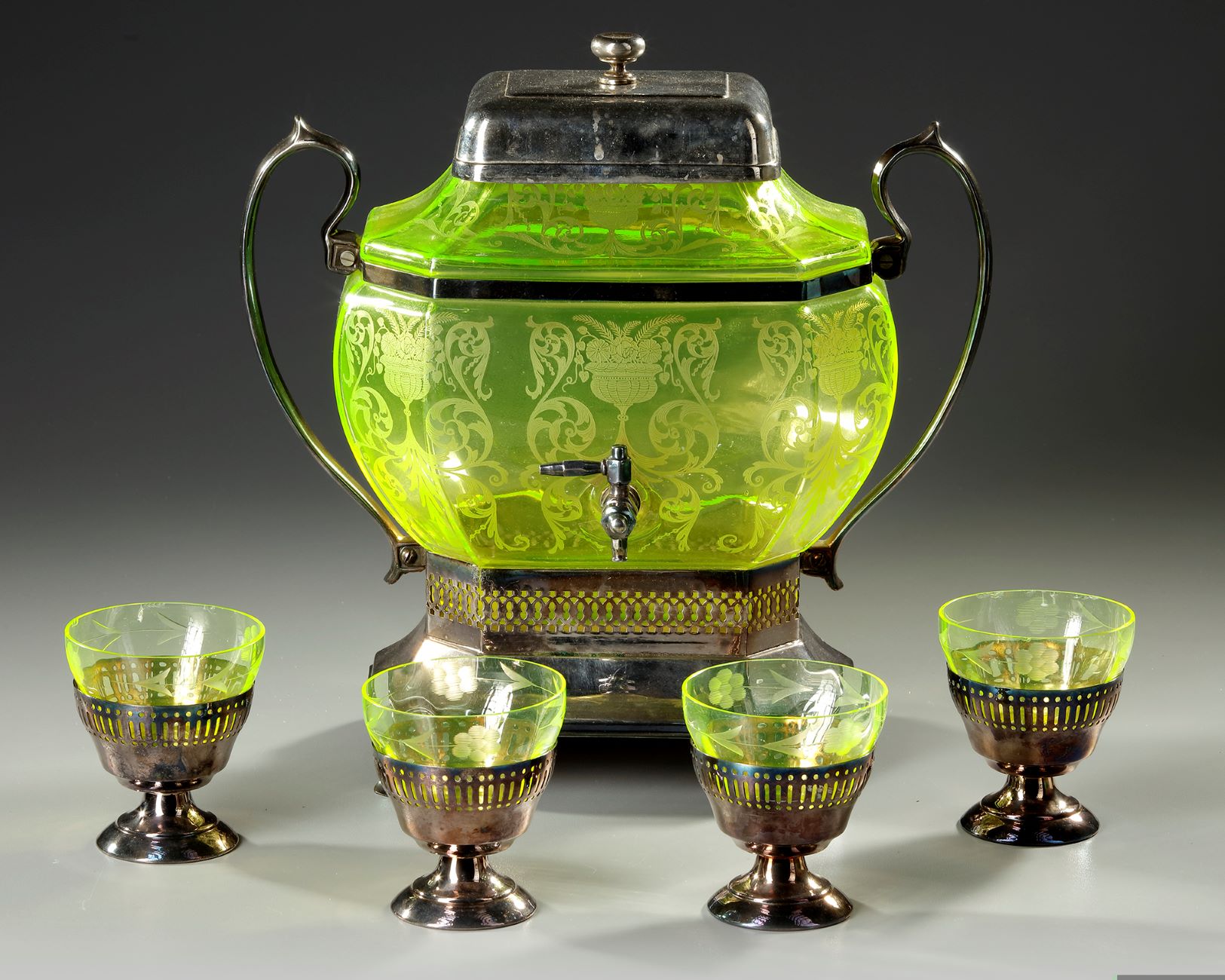
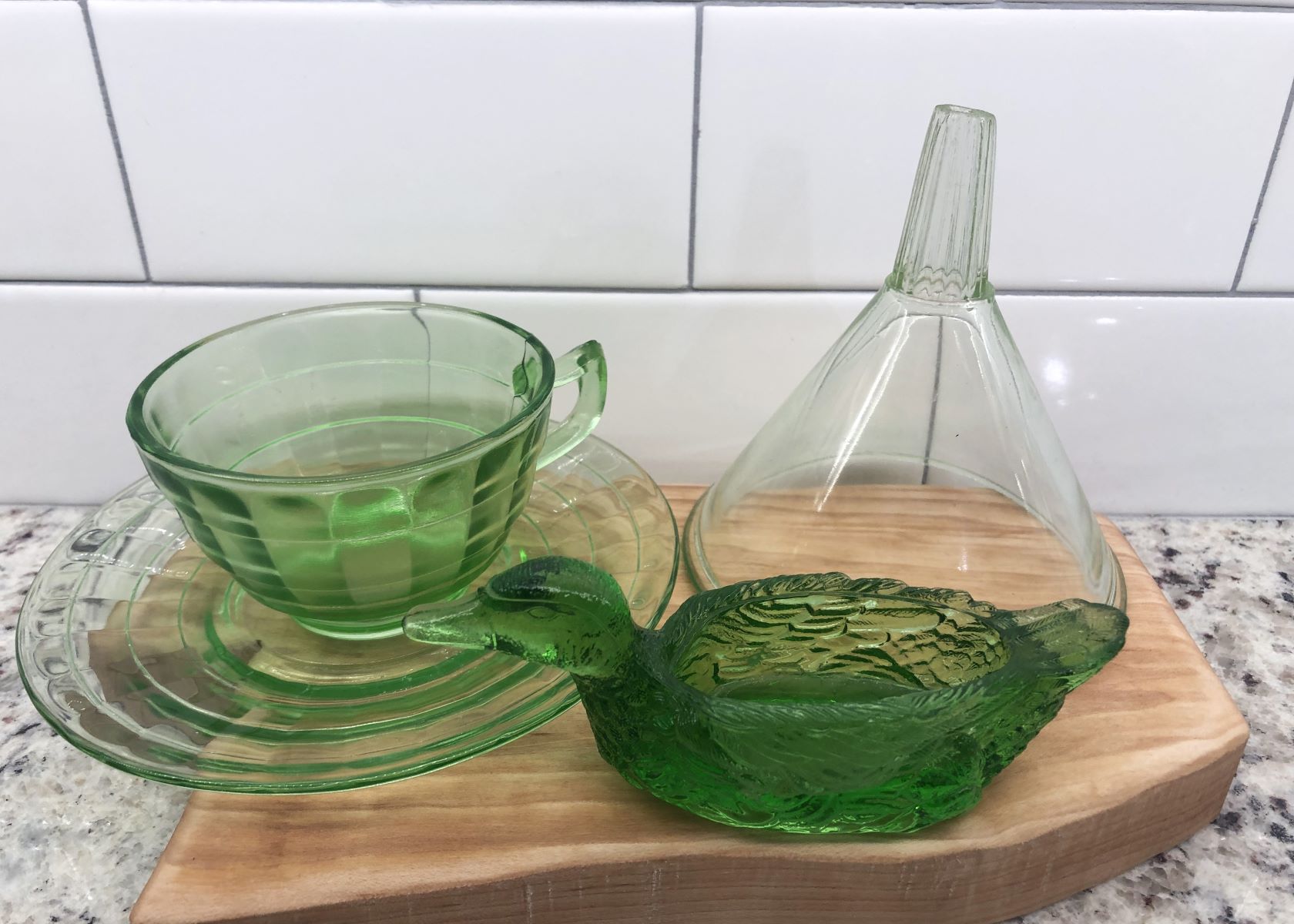

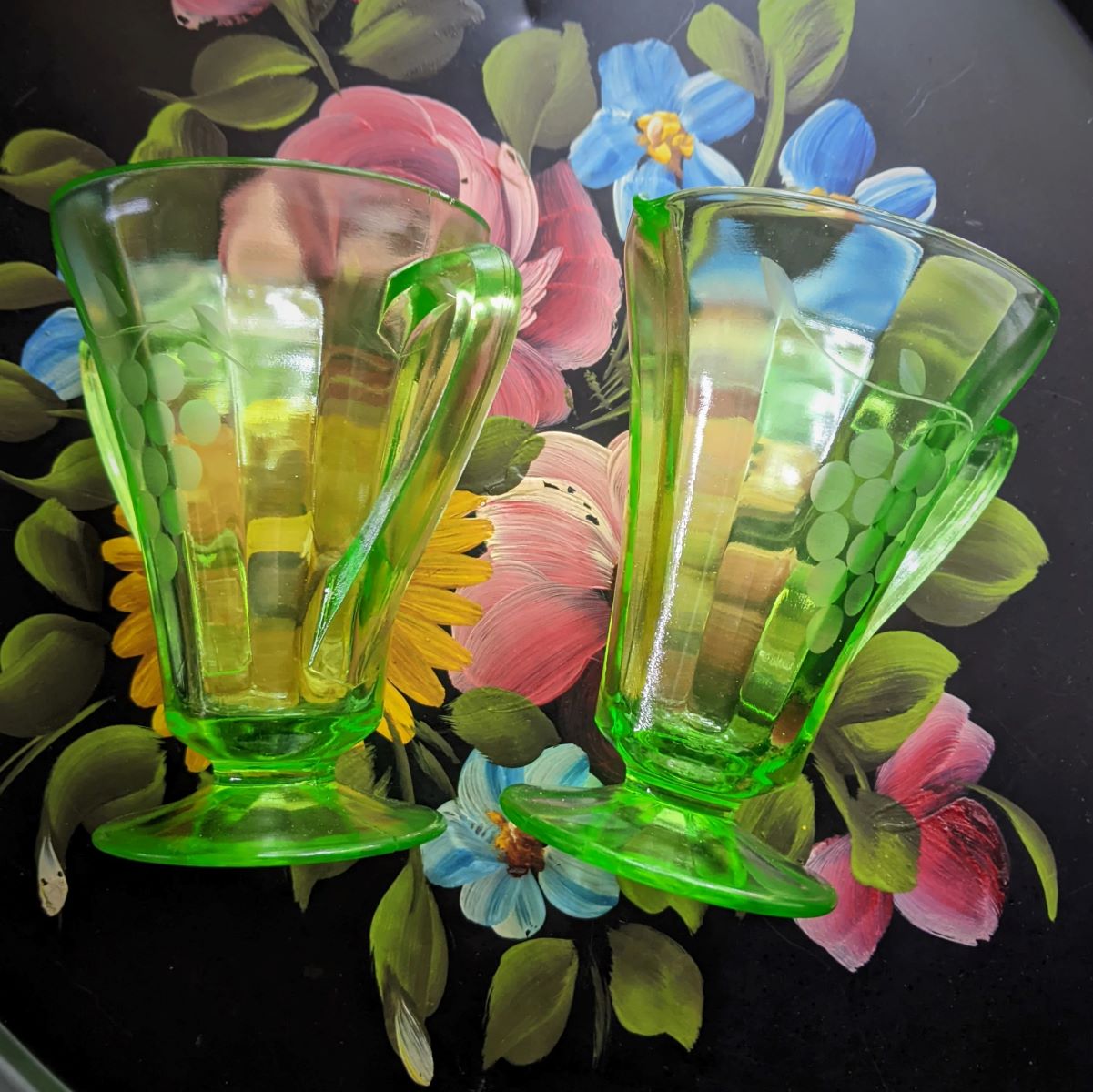


0 thoughts on “When Did They Stop Making Uranium Glass”